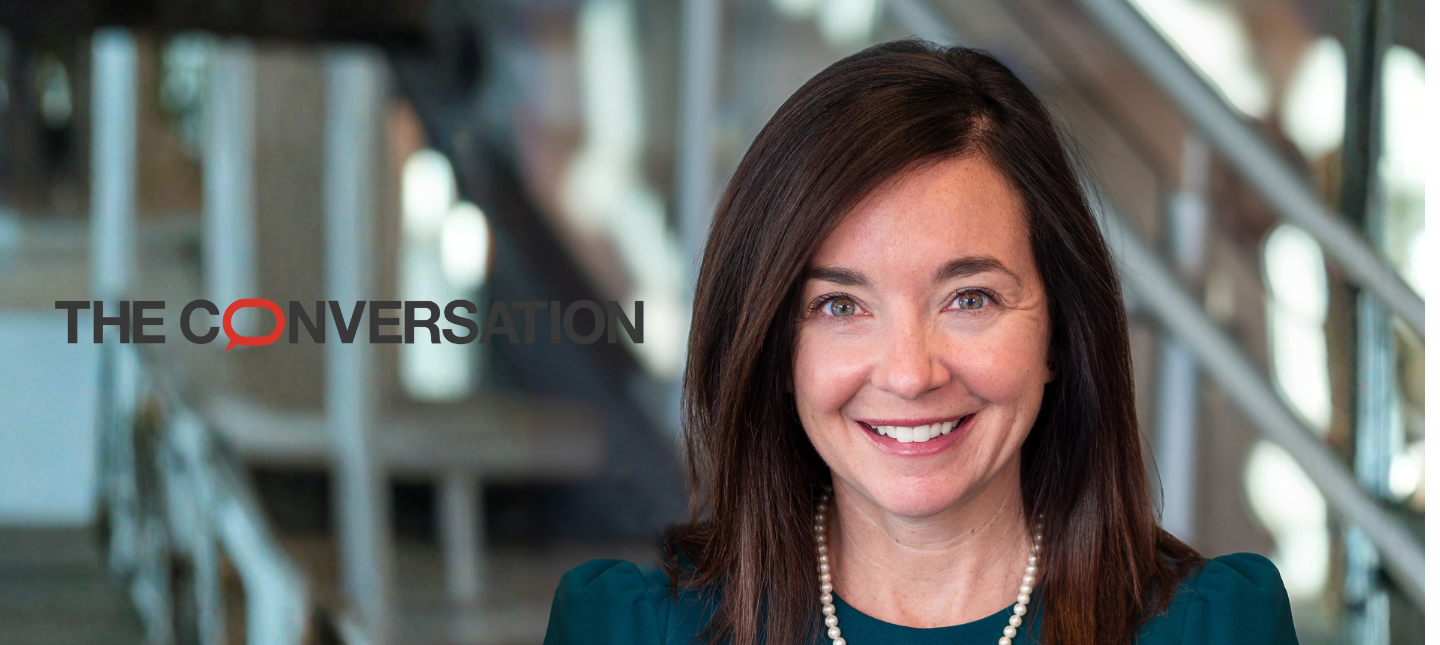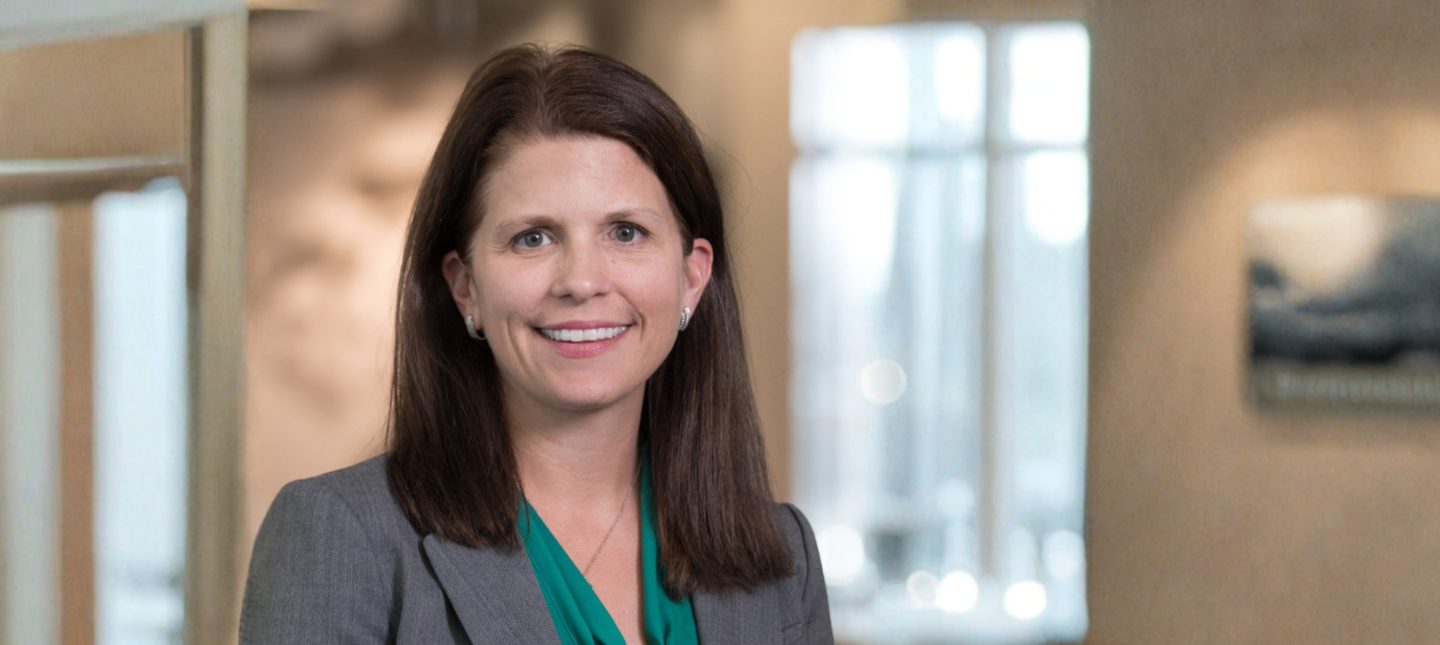Linda Williams, M.D., discusses how her study team measured the impact of the VA’s teleneurology program.
Transcript:
We looked at 11 facilities that had implemented teleneurology care, and we compared them to seven VA facilities that were similar in size and similar in their lack of on-site neurology. And we looked at how many veterans they had to refer out into the community as a marker for whether teleneurology was really able to help them meet the neurology need of their patients in a meaningful way.
Dr. Williams describes the group’s findings on veterans’ satisfaction with teleneurology care.
Transcript:
Telehealth tools are one way that the VA has to try to help veterans receive care where they are. They don’t even have to leave their home. They can do telehealth to the home and this is very important for some patients with neurology conditions like epilepsy that might make driving difficult and also for older veterans that may just struggle to drive, especially if they live rurally or drive to a larger city that perhaps has a neurologist. So we found that satisfaction among veterans in the program who received a teleneurology visit was very high, and this was true across the board for all types of veterans that were seen with different neurologic conditions.
Dr. Williams says telehealth provides an interstate advantage particular to the VA’s federal health system.
Transcript:
Physicians don’t have to be licensed in each state where they’re seeing veterans. So a teleneurologist in Indianapolis could provide care for a veteran in Wyoming, and that is made much easier in the VA healthcare system because of the federal nature of the healthcare system than in other commercial telehealth systems.
Dr. Williams describes how patients access teleneurology care.
Transcript:
This project was looking at outpatient teleneurology care, and that care could be delivered in two different ways. The majority of veterans had teleneurology care in their home, so meaning they used their own computer or their own phone as the device, and they connected with their neurologist who was able to see them and talk to them and then get into the electronic health record and order tests and write notes and do all the normal things a doctor would do to document and order the right things for the veteran.
Some veterans had access and could choose to go to a small, rural outpatient clinic and sit at a computer and have a technician help them get connected for their neurology visit that way.







